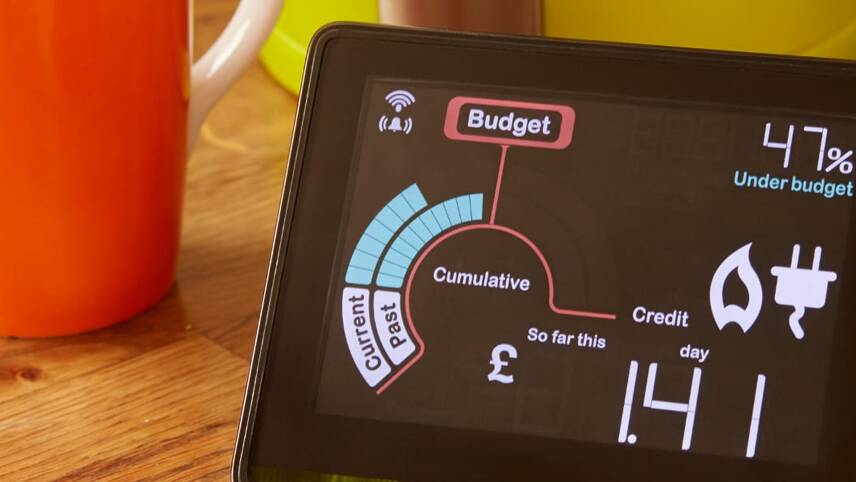You’ve reached your limit!
To continue enjoying Utility Week Innovate, brought to you in association with Utility Week Live or gain unlimited Utility Week site access choose the option that applies to you below:
Register to access Utility Week Innovate
- Get the latest insight on frontline business challenges
- Receive specialist sector newsletters to keep you informed
- Access our Utility Week Innovate content for free
- Join us in bringing collaborative innovation to life at Utility Week Live

Energy retailers have raised serious concerns about the operability of SMETS2 smart meters, with some reporting first-generation SMETS1 devices as being preferable.
The smart meter rollout has faced issues over interoperability, with many first-generation devices losing their smart functionality when customers switch supplier.
Speaking at a recent roundtable event at the Haymarket Hotel in London, conducted under Chatham House rules, a number of representatives from challenger energy brands discussed the rollout and issues they faced.
One delegate said they believed first-generation SMETS1 devices were better than their newer counterparts, despite SMETS2 devices being designed to allow full-functionality no matter which supplier they are connected to.
“Personally I prefer SMETS1. I think they are easier to work, I think the data you get from it is far better, it is far superior to SMETS2.
“I think with SMETS2 we should just pretend it never happened, let’s just improvise and stay with SMETS1, forget the rest of it”, they said.
Another delegate raised concerns about the consumer experience with faulty devices which, they pointed out, results in customers telling suppliers they have lost their trust.
Furthermore, delegates discussed the issue with SMETS2 meters being unavailable for some pre-pay customers, placing a strain on supplier installation targets.
One delegate added that they cannot see SMETS2 pre-pay going live properly “for at least another 18 months”.
“I think they overcomplicated it, we have got plenty of SMETS2 meters, the problem is we can’t fit them for our purposes”, they added.
Utility Week understands that a number of large suppliers have completed their SMETS2 pre-payment trials and are now starting to ramp up to full-scale deployment.
In response to the claims, a Data Communications Company (DCC) spokesperson said: “Second-generation smart meters have a clear advantage for suppliers and consumers alike as they provide seamless supplier switching – fostering a more competitive energy market.
“SMETS2 meter installations are accelerating at pace with over 30 meters being installed every minute of the day. The industry is working hard on this rollout, and this technology will continue to mature and improve.”
The latest figures from DCC show that more than 3 million SMETS2 meters have been installed.
DCC says the growth in connected devices has driven up the data being transferred across its network, with more than half-a-billion encrypted messages to and from smart meters being carried this year.
However, according to the latest figures from the Department for Business, Energy and Industrial Strategy (BEIS), 3.1 million smart meters continue to operate in “dumb” mode. In total, 15.6 million smart meters were in operation as of 30 September – a 4 per cent increase on the previous quarter.
Please login or Register to leave a comment.